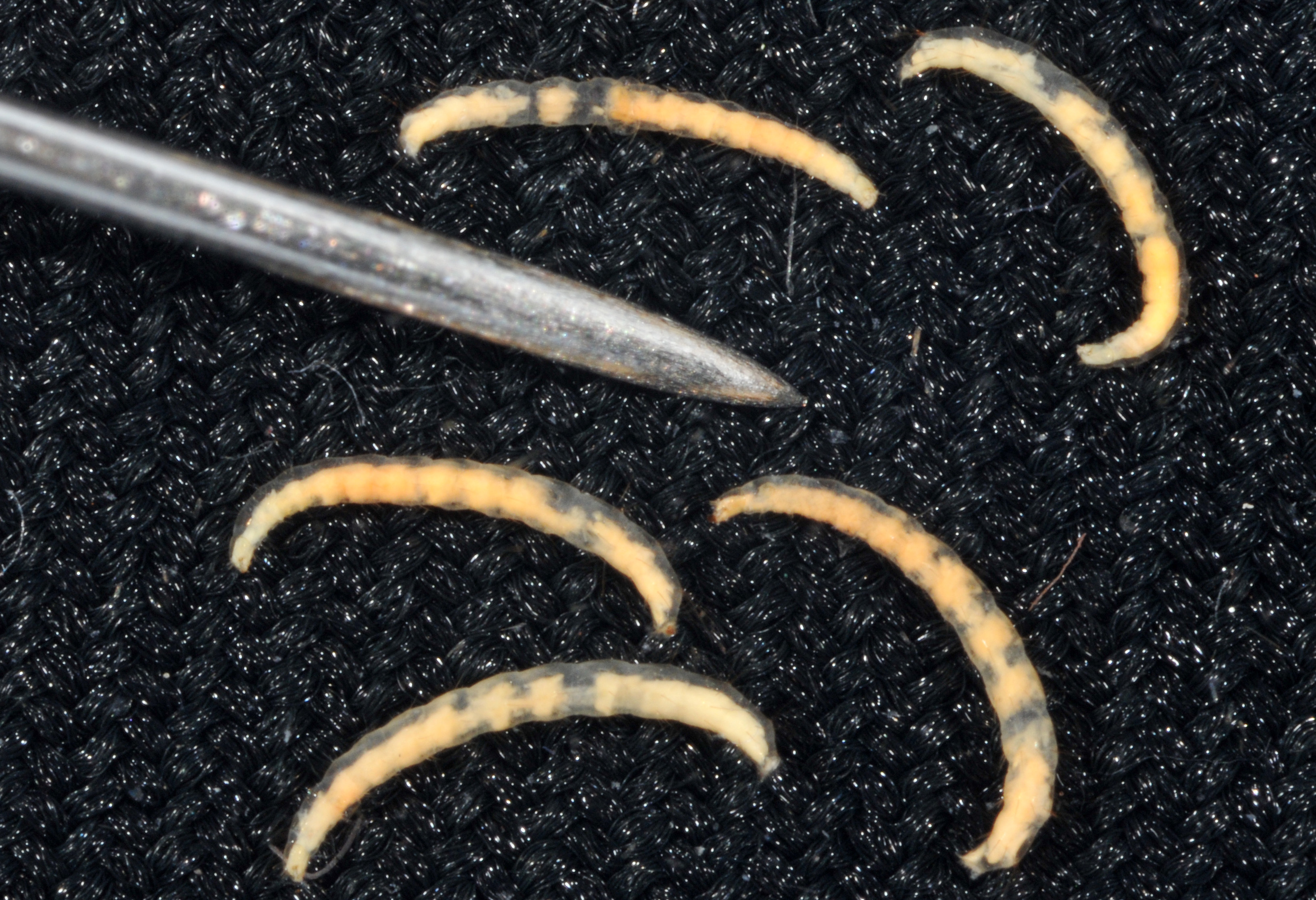
Fleas
Flea larvae are the second stage in the life cycle of a flea, following the egg stage. They are small, worm-like creatures that undergo metamorphosis to become pupae and eventually adult fleas. Identifying flea larvae is key to understanding and controlling flea infestations in your home or on your pets.
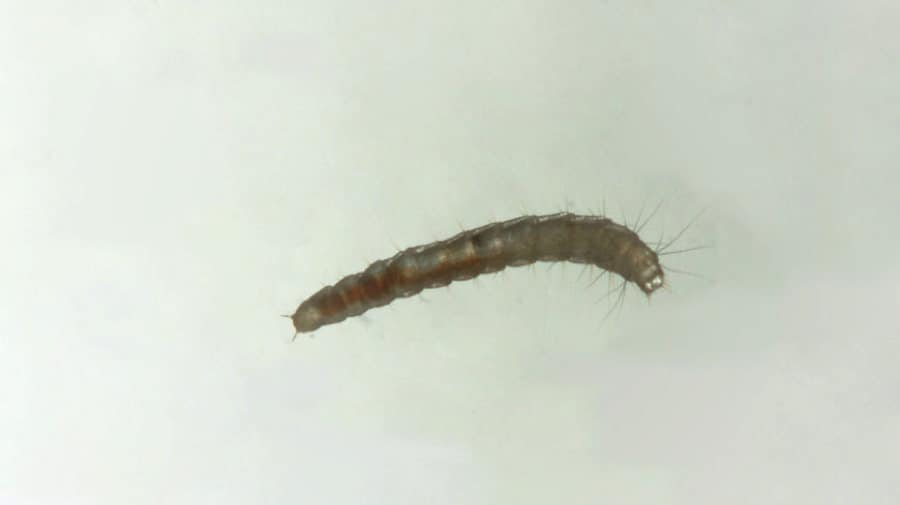
Flea Larvae How To Treat Them Effectively PestSeek
Browse 540+ flea larvae stock photos and images available, or search for hookworm or flea eggs to find more great stock photos and pictures. hookworm flea eggs Sort by: Most popular Flea larvae view from up high, isolated on white Life cycle of a flea Life cycle of a flea illustration Parasites flat line icons set.
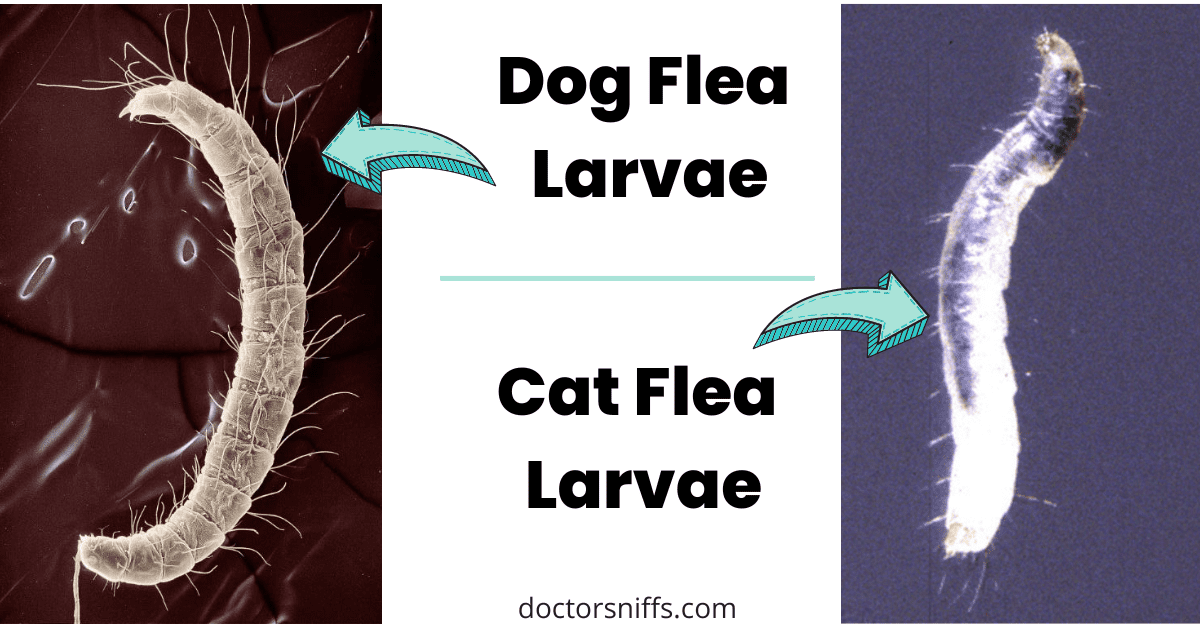
What Do Flea Larvae Look Like? [And What Is the Actual Size?]
What Do Flea Eggs Look Like? Photo credit: Flickr/Denni Schnapp. While adult fleas can be identified pretty easily, flea eggs can be a little trickier to detect. Flea eggs are almost microscopic—typically about 0.5 millimeters in length and about half as wide. That's about the size of a grain of salt.

Sem Of A Cat Flea Larva Photograph by K. H. Kjeldsen/science Photo Library Fine Art America
October 17, 2023 Adult female fleas lay about 20 eggs per day, however this number can go as high as 50 per day. Flea eggs make up roughly 50-percent of the flea population and represent a swarm of nuisance pests waiting to mature and invade your home and pets.
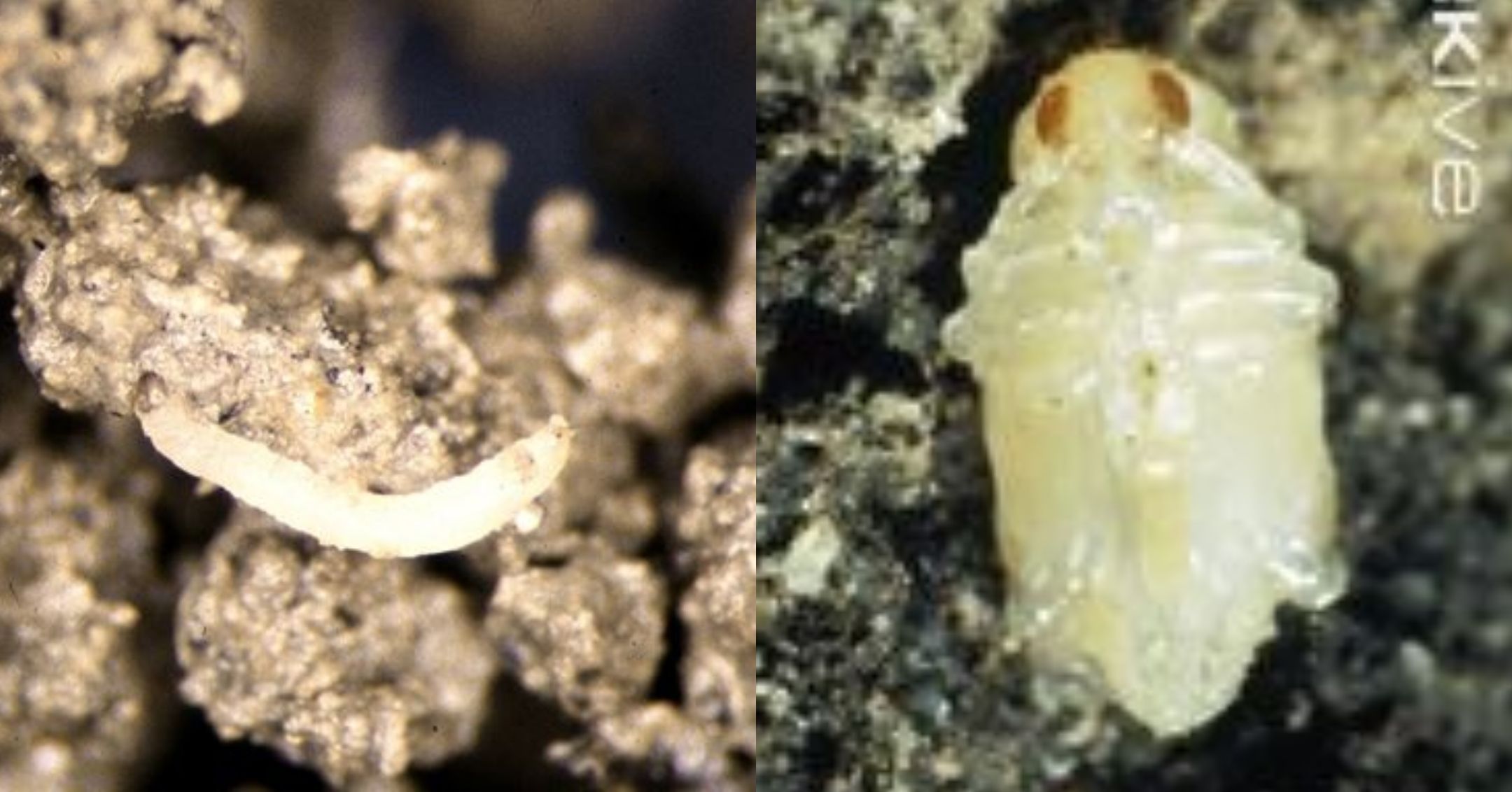
Flea Beetles USU
Summary. Newly hatched flea larvae are 2 mm long, growing to a final length of 5 mm. They're a translucent white color, with guts that become visibly red once feeding begins. The larvae resemble worms or maggots. They have 13 body segments, each is sparsely covered with bristles. The larval head is a slightly darker color than the body.

Cat Flea larva photo WP00732
Browse 131 authentic flea larvae stock photos, high-res images, and pictures, or explore additional flea eggs or hookworm stock images to find the right photo at the right size and resolution for your project. of 3 NEXT Browse Getty Images' premium collection of high-quality, authentic Flea Larvae stock photos, royalty-free images, and pictures.

Flea Eggs Life Cycle of Fleas and Why You Should Not Use Flea Bombs?
Peter J. Bryant Img 1 Picture of a cat flea larva ( Ctenocephalides felis) on a light-colored background. Kalumet Img 2 Microscope image of a cat flea larva (baby flea) with visible red blood in its digestive track. FleaScience Img 3 Illustration of a cat flea larva compared to the size of a sharp #2 pencil tip (1 mm). Auguste Le Roux
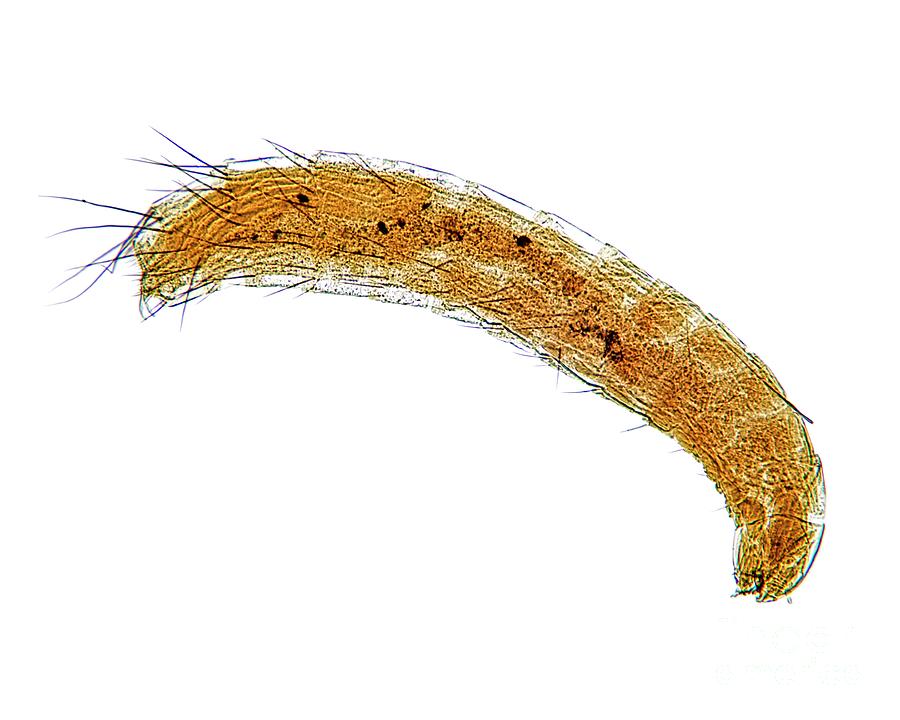
Cat Flea Larva Photograph by Dr Keith Wheeler/science Photo Library Fine Art America
Orkin / PESTS / FLEAS What Do Flea Larvae Look Like? Life Cycle of Fleas Fleas are parasitic, blood-feeding insects that often enter homes in the fur of household pets. The life cycle of fleas involves four distinct life stages: egg, larva, pupa, and adult. Recognizing the pests in each of these stages is vital for control:
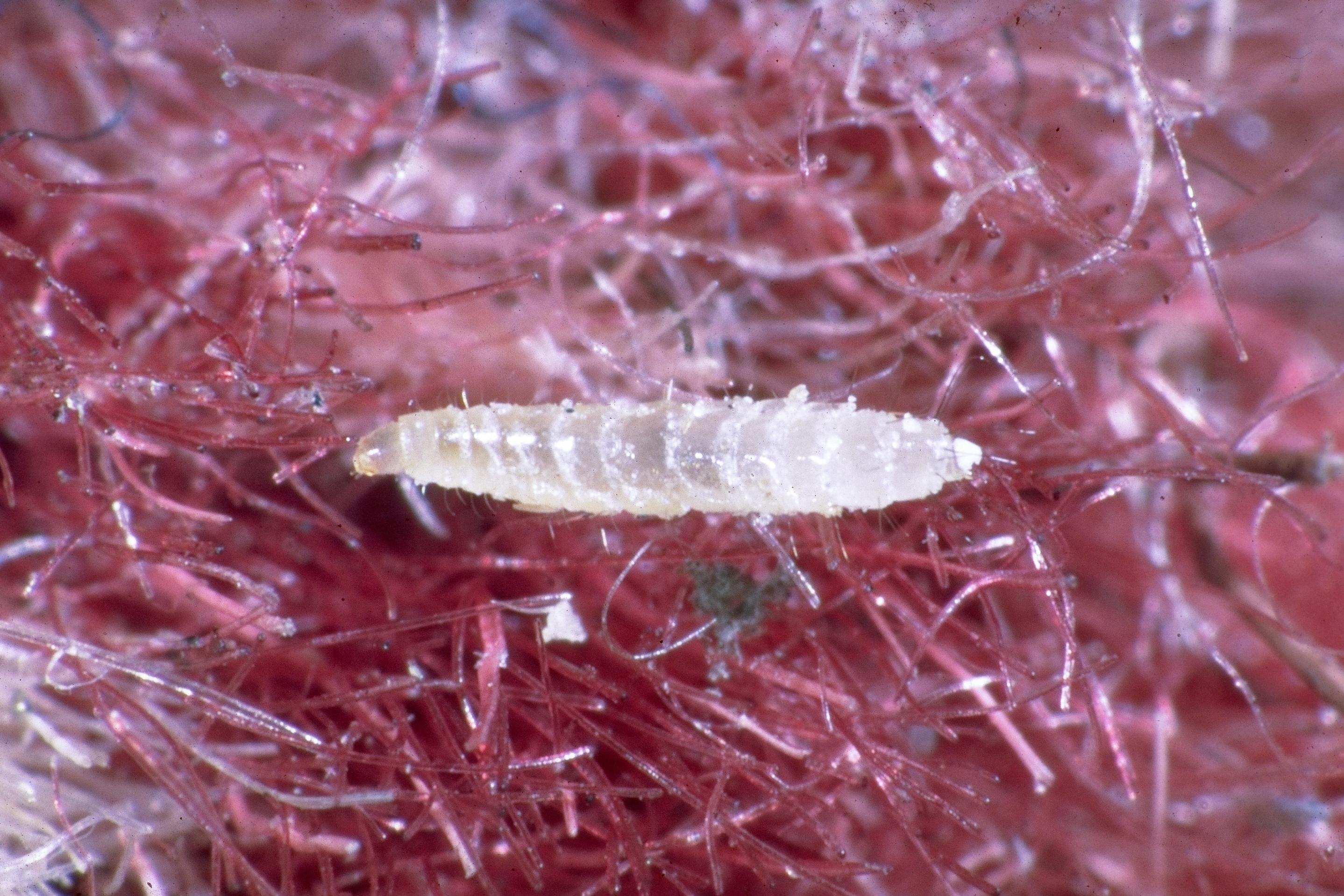
Fleas University of Maryland Extension
Flea larvae hatch from the eggs that adult female fleas lay on their hosts. They don't stay there, but fall off around the house as the host moves around. The eggs are like "little ping pong balls," says Prior. "The pet gets up, stretches and shakes, and the eggs just fly off into the environment — typically where that pet is sleeping.
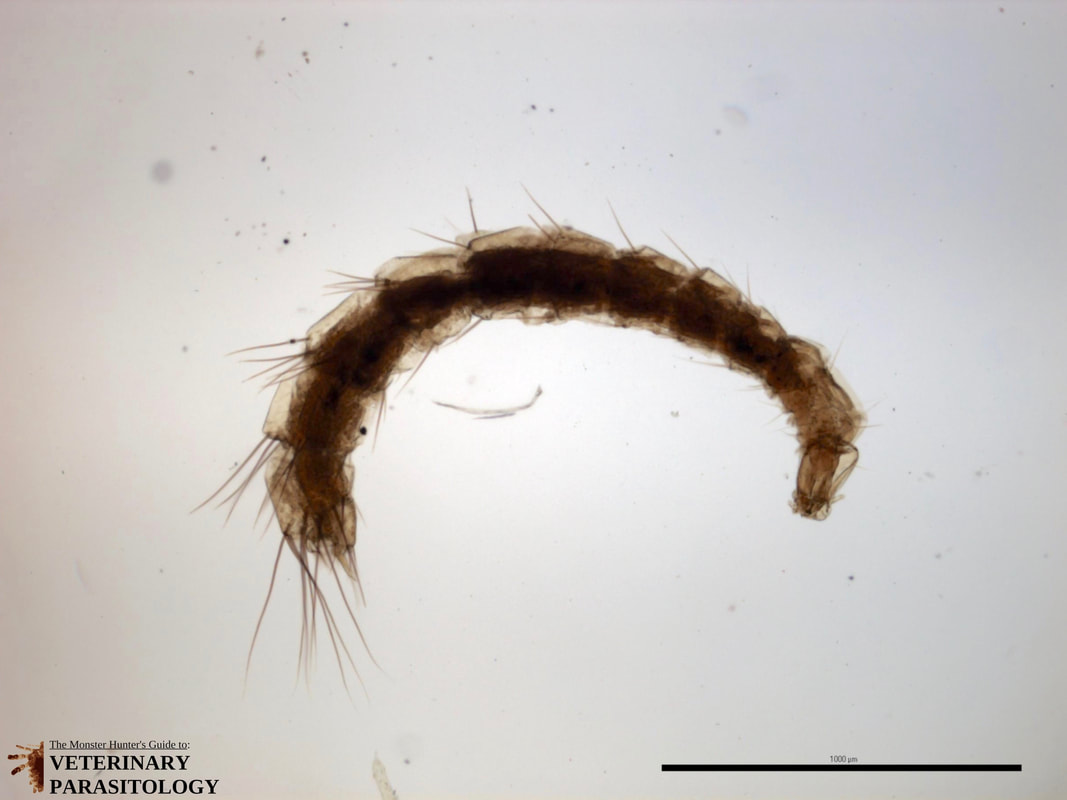
Flea Larvae MONSTER HUNTER'S GUIDE TO VETERINARY PARASITOLOGY
Most fleas have four life stages: egg, larva, pupa (in a cocoon), and adult. This diagram shows the typical lifecycle of fleas. The lifecycle of fleas can be very quick or last many months to years depending on the environmental conditions throughout the life stages.. Within 5-20 days of feeding on flea dirt, the larvae will spin a cocoon.

FileFlea Larva.jpg Wikimedia Commons
Flea Eggs. The beginning of the life cycle occurs when an adult female flea lays eggs following a blood meal from the host (e.g., your pet). Blood is necessary for the adult flea to reproduce. These eggs are small, white objects (slightly smaller than a grain of sand) that are laid in the pet's fur in bunches of about 20. A single adult.

List Of Flea Larvae Images Ideas
(Actionable Guide With 14+ Photos) What Do Fleas Look Like? Written By: Natasha Anderson Date: Sep 27, 2022 Fact Checked: Yes Read Time: 13 min Imagine a tiny, grotesque insect, complete with disproportionate legs, a body with a hard exoskeleton covered with hairs, spines around its head and mouth so that it can pierce the skin and suck blood.

Flea Larvae Appearance, Biology and Treatment
Here are some of them: In this flea eggs picture, you see eggs as they look under a magnifying glass: There are four stages in the life cycle of fleas. The development process can take from 14 days to several months. When there is adequate food (blood) source, an adult female flea can lay 35+ eggs in a day.
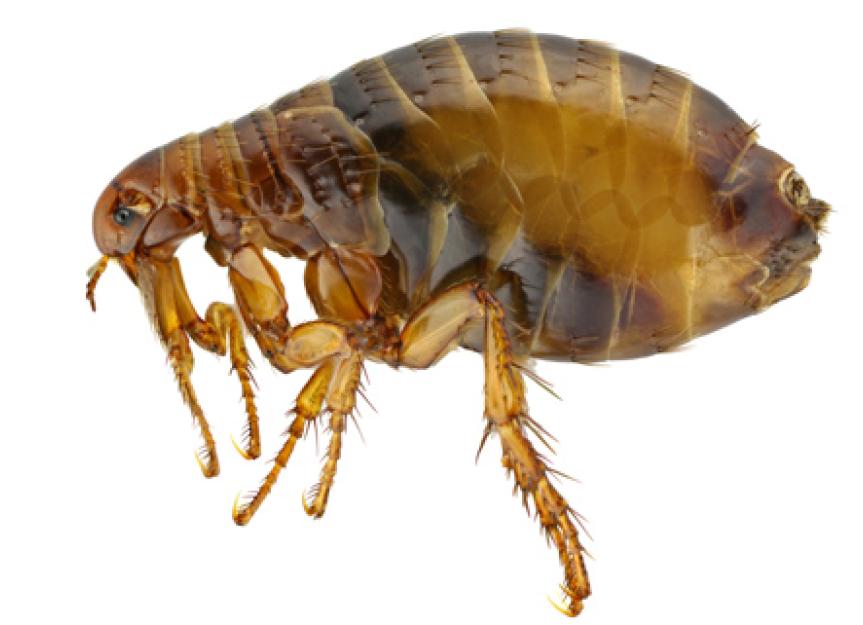
Flea Larvae Facts About Flea Larvae PetMD
Flea larvae are the weak link in the flea's life cycle. They are very sensitive to environmental conditions. They need: At least 33% relative humidity. More than 50% is the temperature is higher than 25°C (77°F). Flea larvae are very susceptible to desiccation; An ambient temperature comprised between 8 and 35°C (46 - 95°F)
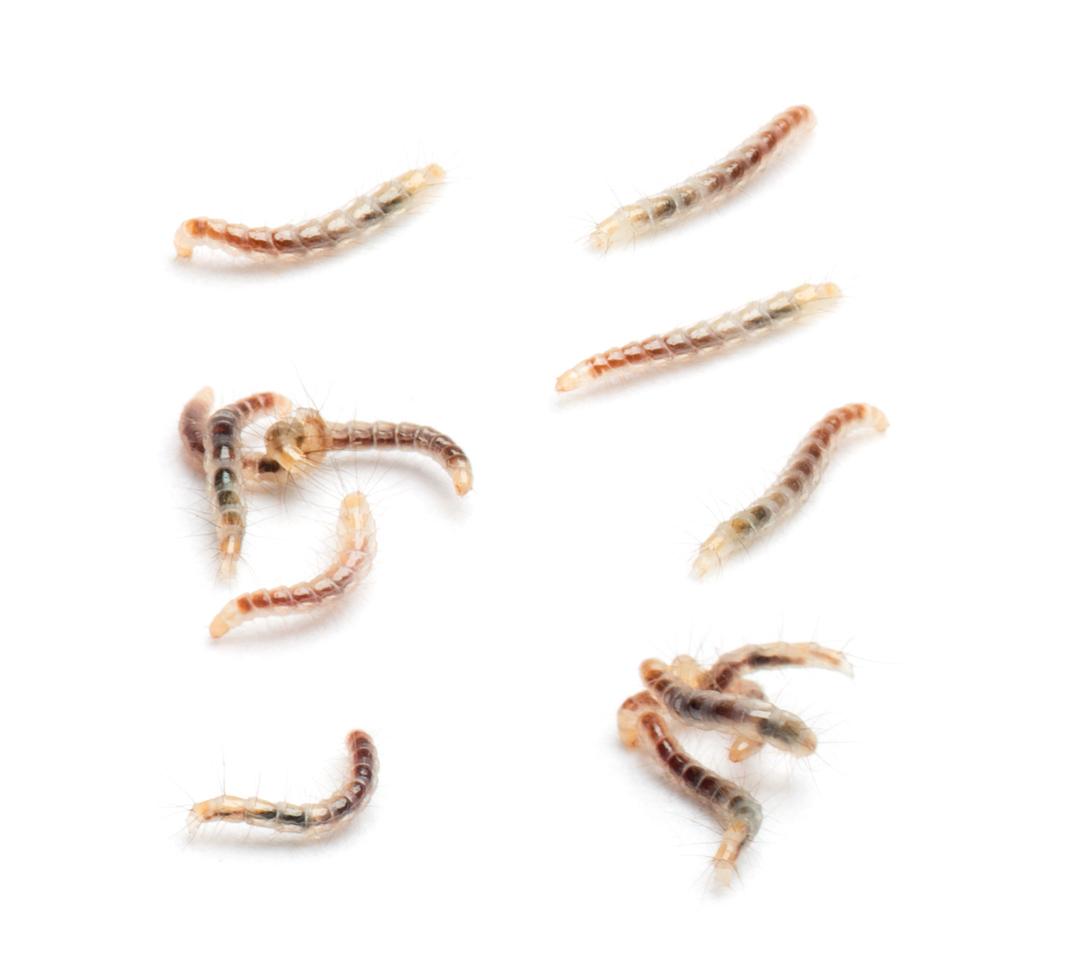
The Flea Life Cycle The Bug Master
After they bust out of their warm, cozy egg, the larvae are about 2.5mm long and have a distinct whitish color and light hairs on their worm-like bodies. They don't have any eyes and instead are highly negatively phototactic, which basically means they hate light and will try to move away from it as fast as possible.

Fleas Kentucky Pest News
Flea eggs are nearly microscopic. They are about 0.5 mm in length and about half as wide, which is about the size of a grain of salt. People often mistake flea dirt for flea eggs, though both are signs of a flea infestation. Unlike flea eggs, flea dirt is dark and crumbly. Flea dirt itself is not harmful to your cat and can be easily washed.